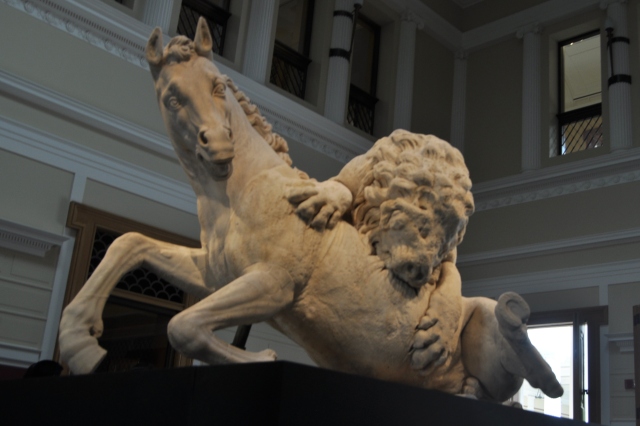Two days ago, I pressed upload on my author’s account page and the manuscript was gone – off to Friesen Press for the next stage in my self-publishing experience. I know, I know – I wrote these same words in a post about six weeks ago. Well, it did go then, but it got a review that suggested a bit of final polishing would help – which, by the way, was as necessary as the review said it would be. After innumerable edits there were still incidents of missing words, clunky repetitions and even duplication in a chapter break section. I could hardly believe my eyes. Oh well – that is why we edit and edit and edit.
I confess to having had very mixed feelings when I sat back in my chair in front of the laptop and realized that the novel was truly gone – that I was finished writing Disappearing in Plain Sight. It was most definitely elation mixed with high anxiety. My anxiety is partially about my baby going out into the world, but I also feel anxious because I keep asking myself – what now? What am I going to do now – all day, every day?
Yesterday I had to approve my three book industry subject and category codes – my author account manager sent along a spreadsheet with what looked like a million codes to choose from, but it’s actually simpler than it looks – once you get into the Fiction category the field is narrowed considerably. I have decided to go with Fiction – Romance/Contemporary; Fiction – Literary; and Fiction – General.
Then I had to come up with 7 keywords for book buyers who will look for my book online – flags for online databases. I chose love, relationships, grief, bullying, trauma, counselling, and British Columbia. Choosing these seven words was difficult – it seemed like an important part of the process. I’m now working on a section of acknowledgments and a dedication to be included with the novel.
I want to let this process of self-publishing unfold and by that I mean – not ask what is coming next or how long the next stage will take – just go with it. Take a wait and see approach, be patient, be open to the whole process. Sometimes this feels right to me and sometimes I feel like I’m an idiot – why not ask about time frames and next steps? The truth is, I am simply overwhelmed by all that I don’t know – even asking a question is challenging.
I was approached by Friesen Press via email the other day with a special offer to upgrade my cover package – an extra $299.00 would buy me a far better cover. No doubt it would, but as I’ve made clear before – I’m not spending any more money than I already have. My supporters have mixed feelings – one comment went like this – reading this email makes me think that if you don’t take this upgrade you’ll end up with a shitty cover. My response was – if you decide not to take the extra-large fries with your burger, in doesn’t automatically follow that they make you a crappy burger. Another comment took a more pragmatic approach – don’t sweat it – that’s their job – all you have to do is say no. Yup – true enough.
Today, I will continue to work on character sketches for the sequel to Disappearing in Plain Sight – The Light Never Lies. I have quite a cast of new characters and plan to expand on some of the original settings – get into more detail on the mechanics of a small sawmill operation and an organic bakery that makes use of an outdoor, wood-fired oven. I’m reminded of Stephen King writing (On Writing, 2000) that his books and stories are often situational driven. In contrast, I can see that my writing is very much character and setting driven. For me, the first step is always getting to know the characters and the setting. Once that work is done, I can toss them all together and things will start happening. The characters will tell me what they want to do and where the story is supposed to go.
I guess there are things to get busy with after pressing the upload button!
I’m including this picture because it strikes me as the perfect mixture of elation and anxiety – depending on whether you are the lion or the horse. Entitled Lion Attacking A Horse, it is currently on display at the Getty Villa , located on the Pacific Coast Highway near Malibu, until February 2013. On loan from the Capitoline Museums, this is the first time this statue has been on view outside of Rome in over two millennia. It’s breathtaking and gripping and to see it is almost worth a trip to California in and of itself.








![georgeseurat[1]](https://disappearinginplainsight.com/wp-content/uploads/2012/11/georgeseurat1.jpg?w=300&h=239)
![seurat1[1]](https://disappearinginplainsight.com/wp-content/uploads/2012/11/seurat11.jpg?w=300&h=200)



![Denzel-Flight[1]](https://disappearinginplainsight.com/wp-content/uploads/2012/11/denzel-flight1.jpg?w=300&h=172)















